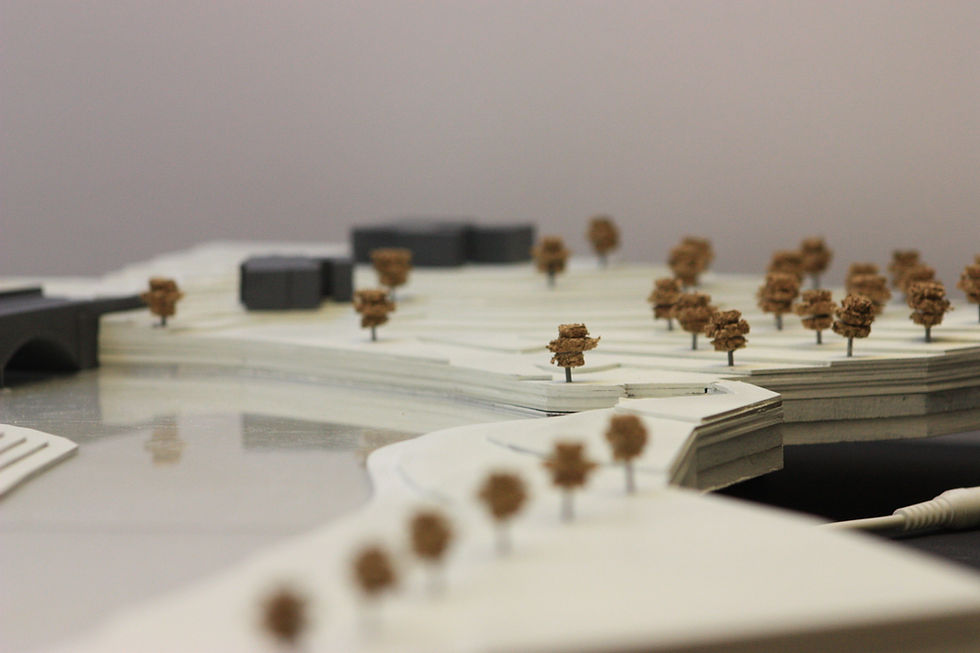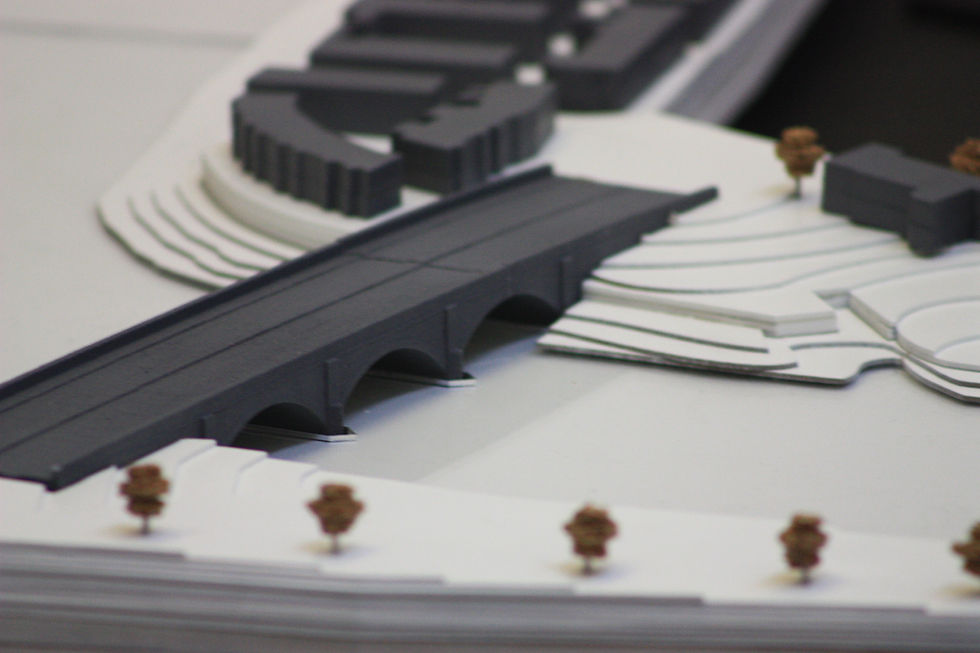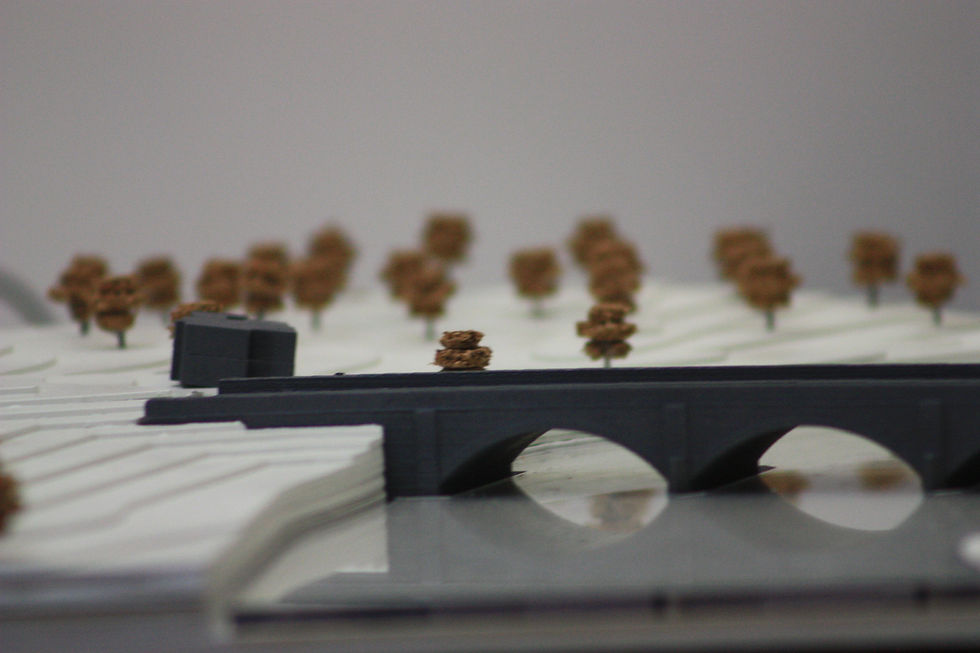Urban Design Thesis - Cuerdale Museum

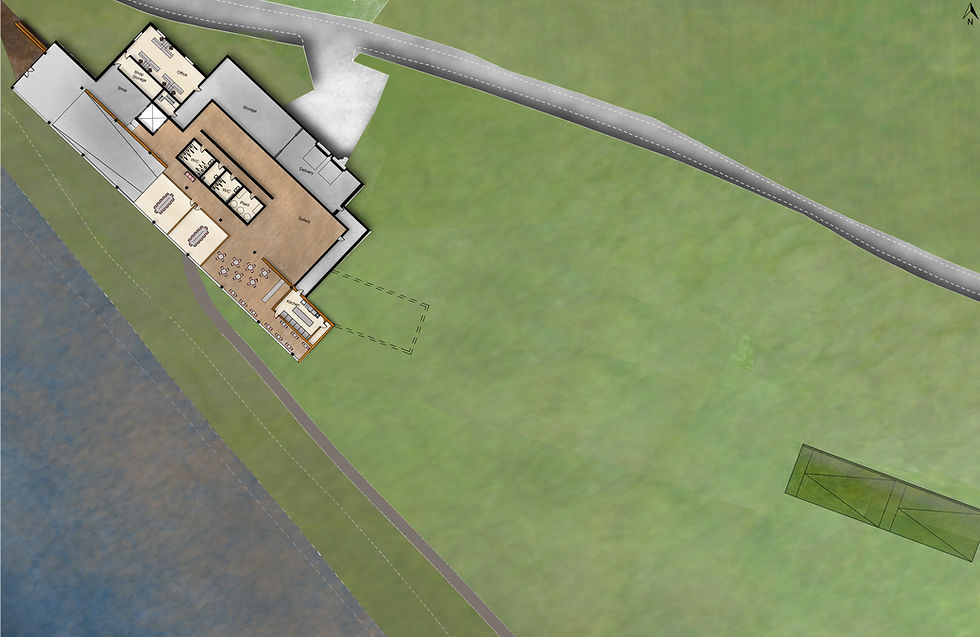






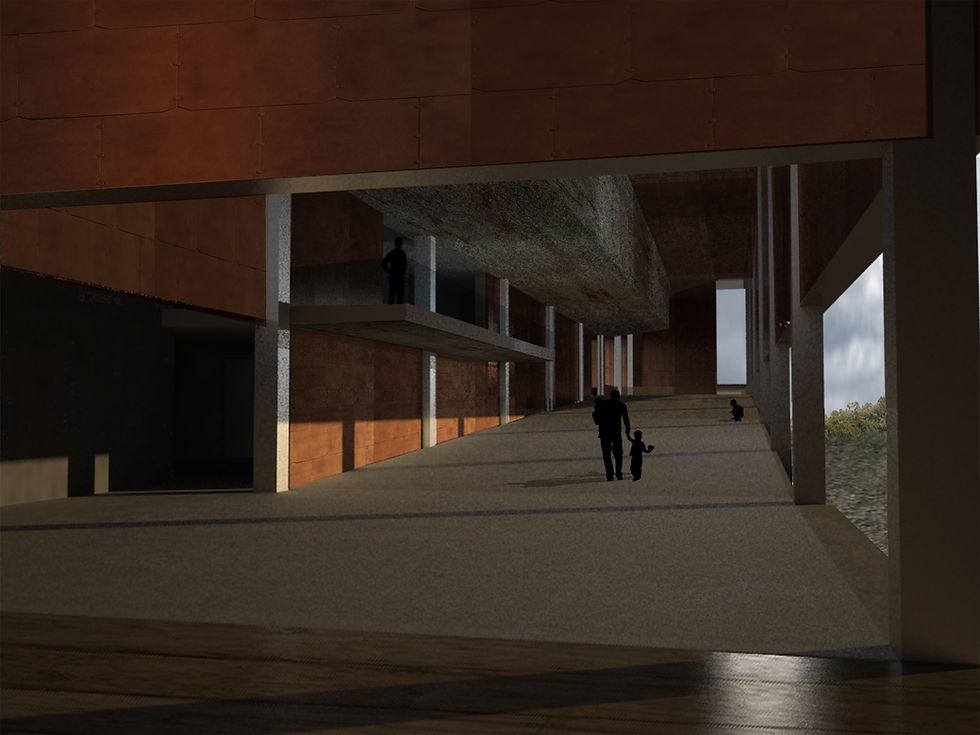
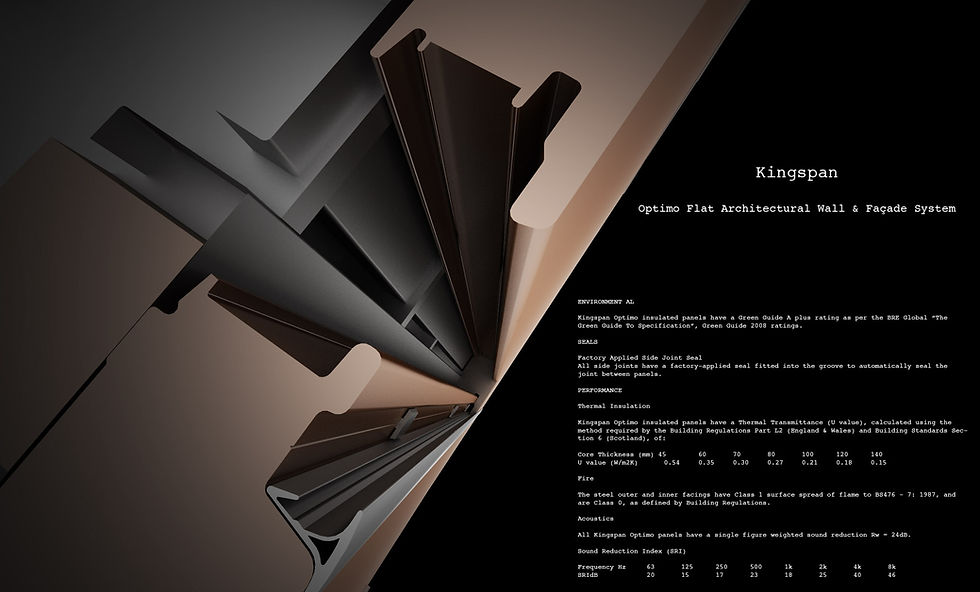






Introduction
The Site was home to the largest viking hoard found outside of Russia, which was buried in the early 10th century, and contained around 8,600 pieces of silver bulloin. The ‘Cuerdale Hoard’ was discovered in 1840 and is mostly exhibitied in the British Museum in London.
The Solution
As the site has a long and varied history I proposed that a national museum should be built concerned with the events that have taken place there and around Preston over the years. The Museum would house the Hoard of Cuerdale as the main Exhibition, returning it from the British Museum in London to the place where it was buried over 10 centuries ago, this would enhance Preston’s heritage, as today it is only remembered for its industrial past, not its extensive history.
The Museum would be a catalyst to help deprivation within the area. I propose that the museum would be a hub run alongside other activities including hobbies, skill training to create jobs within the community, the “Guggenheim effect”. The Guggenheim effect produces economic and social transformation through the opening of a single museum, allowing its surrounding environment “resuscitation through art.” The museum could stimulate new leisure and cultural economics, increasing residential, restaurant, hotel, and retail industries both directly and indirectly.
“Anyone who stood on the south bank of the River Ribble at Walton le Dale, and looked up the river towards Ribchester, would be within sight of the richest treasure in England”














